How to Choose the Perfect Rustic Dining Table for Your Home: Styles, Materials, and Tips
Picking out a rustic dining table can feel like a big decision. You want something that fits your space, matches your style, and holds up to daily life. Maybe you’ve got a big family or you just love hosting friends for dinner. Either way, the right table can make your dining room feel cozy and inviting. This guide will walk you through the basics—size, materials, styles, seating, and even some tips for keeping your table looking good. Let’s break it down so you can find a rustic dining table that really works for your home.
Key Takeaways
- Measure your dining area and leave enough space for chairs and movement before choosing a rustic dining table.
- Think about the table’s shape—rectangular, round, or square—based on your room size and how many people you want to seat.
- Look at different materials like reclaimed wood, solid wood, or wood and metal mixes for the right rustic vibe and durability.
- Mix and match chairs, benches, or both to add character and make the most of your space.
- Set a budget, compare options, and remember that a good rustic dining table is an investment that should last for years.
Evaluating the Best Size and Shape for Your Rustic Dining Table
Choosing the right rustic dining table isn’t just about what looks beautiful in your space. Size and shape matter just as much, and getting this right will make everyday meals, holiday gatherings, and even simple homework sessions at the table feel so much better.
Measuring Your Dining Space Accurately
Before picking a table, grab your measuring tape and get to know your room’s layout. Here’s a quick checklist to make sure you’re not stuck with a table that cramps your style—or your walkways:
- Clear at least 36 inches from the table edge to walls or furniture so people can move around comfortably.
- Account for doorways, radiators, and any awkward nooks.
- Use painter’s tape or a folded blanket on the floor to visualize the table’s footprint.
| Room Size (ft) | Recommended Table Size |
|---|---|
| 8 x 8 | 36–42" round or 36–48" square |
| 8 x 10 | 36 x 60" rectangle or 48" round |
| 10 x 12 or larger | 42 x 72" rectangle or larger round |
Even with a small dining nook, a carefully chosen round or square table can make the space feel bigger and friendlier. Don’t be afraid to try a few layouts before settling.
Choosing Between Rectangular, Round, or Square Tables
Let’s be real: The best table shape for your home depends on your lifestyle and the way your space is set up.
- Rectangular tables are the most common and flexible. They fit neatly in long rooms, seat more people, and are easy to pair with benches or standard chairs.
- Round tables can work wonders in smaller spaces—or if you love hosting conversations that include everyone at the table. No sharp corners, either.
- Square tables are perfect for compact rooms or breakfast nooks. They create a cozy, even feel but may fit fewer guests comfortably.
Check tips for measuring and sales opportunities at many leading online furniture stores if you’re shopping to maximize your space and budget.
Considering Extension and Seating Flexibility
Some days, it’s just your household. Other times, you’re feeding the whole crew. Extension tables can help with both. Here’s what to keep in mind:
- Drop-leaf or butterfly leaf tables adapt quickly to surprise guests or special occasions.
- Benches can tuck under the table when you need more floor space.
- Choose tables that can comfortably seat at least two more people than your usual household number.
If you like entertaining but don’t have unlimited space, think ahead—flexibility means less stress later! Remember, your table should help you live better, not make life trickier.
Choosing Rustic Dining Table Materials for Lasting Beauty
When it comes to rustic dining tables, the material you choose can make all the difference — not just for how it looks, but how long it holds up to everyday life. Rustic doesn’t just mean old or worn out. It’s all about authentic materials that bring out nature’s character and can survive years of family gatherings, spills, and celebrations.
Reclaimed Wood Versus Solid Wood Options
Picking between reclaimed wood and solid wood? Both have their own draw:
- Reclaimed wood: Sourced from old barns, factories, or warehouses. This choice means every table has its own quirks — dings, marks, and stories. It’s also an eco-friendly move since you’re reusing existing timber.
- Solid wood: Made from a single tree species, like oak, acacia, or pine. This is the classic choice for anyone who wants a sturdy feel and the lasting warmth of natural grain.
- Longevity: Both materials can last a long time with proper care, but reclaimed wood’s already-weathered looks actually make life’s little scratches less noticeable.
| Wood Type | Character | Durability | Sustainability |
|---|---|---|---|
| Reclaimed Wood | Unique, rustic | High | Yes (recycled) |
| Solid Wood | Consistent | Very High | Depends on sourcing |
Rustic materials aren’t just about looks — they’re built to become family heirlooms, gathering character every year.
Hybrid Tables: Wood and Metal Combinations
Want something a bit different? There’s a recent trend for mixing up wood with metal:
- Metal legs or frames paired with thick wood tops for an industrial edge
- Increased stability and sometimes a lighter look for small rooms
- Easy to fit in with open-concept spaces or even those plush solid wood frame accent chairs you might already have
Hybrid tables give you more options for matching with other finishes in your house, especially if you enjoy blending rustic charm with something modern.
Understanding Finish Types and Their Impact
Finishes play a huge part in how your table holds up and how much you’ll fuss over it.
- Natural finish: Lets the raw wood shine, but isn’t as spill-proof
- Stained finish: Enhances grain, can add any shade from light honey to espresso
- Distressed finish: Intentionally scuffed for a vintage feel; hides wear pretty well
- Sealed/protected finish: Extra defense against stains and moisture, great if you have kids or host often
- Natural finishes show off the real character of the wood but might need more care
- Stains can mask or highlight grain, and are perfect for matching other wood in your home
- Distressing is perfect if you don’t want to stress over the first scratch — it blends right in
- Sealants make cleanup easier and keep your table looking fresh, even after spaghetti night
A good finish means less worry, and it keeps that rustic beauty shining through, meal after meal.
Exploring Popular Rustic Dining Table Styles
Choosing a rustic dining table isn't just about picking any old wooden table. It's really about capturing the vibe you want for your dining space—whether that’s warm and homey, raw and bold, or crisp and modern. Let’s sort through the three most popular styles out there and see which one sounds most like your home.
Traditional Farmhouse Charm
- Built with thick planks and chunky legs.
- Usually has a weathered finish—think distressed paint or rough-sawn wood.
- Gives you that inviting, lived-in feeling, perfect for casual dinners and big family get-togethers.
Farmhouse tables are all about practicality and comfort. People love the rugged charm and sense of history, which you can see more of in these farmhouse kitchen ideas.
Industrial-Inspired Rustic Tables
- Combines raw, stained wood with blackened steel or iron supports.
- Clean, simple lines but often with exposed welds or bolts.
- Stands up well to heavy use, plus brings an edgy, downtown loft look to your space.
Here’s what makes the industrial style stand out:
- Super durable materials mean fewer worries about dings and scratches.
- Easy to blend with both modern and classic homes.
- Usually a bit more compact, great for smaller spaces.
Modern Rustic: Clean Lines Meet Natural Elements
- Sleek silhouettes with either lighter or natural wood.
- Minimalistic design—no heavy carving or excessive detail work.
- Lets the wood grain and texture shine, bringing nature indoors in a clean, unfussy way.
Modern rustic tables let you enjoy the beauty of wood without feeling too traditional—they work just as well with Scandinavian chairs as with vintage seating.
No matter which style tugs at you most, remember: You want your dining table to fit not just your space, but how you actually live every day. Rustic doesn’t just mean old or rough—it’s about comfort, authenticity, and a bit of family history standing right at the center of your home.
Matching Seating with Your Rustic Dining Table

Getting the seating just right can totally change the atmosphere around your rustic dining table. The best choices don't just look good—they fit your lifestyle and space. Here are some real-world thoughts on how to match up chairs, benches, and creative combos with your table:
Classic Wooden Chairs for a Cohesive Look
Classic wooden chairs give your dining area a grounded, traditional feel. They're a safe bet for anyone who prefers a timeless style. Wooden chairs—whether they have backs, arms, or even a little bit of carving—play off the texture and tone of most rustic tables. There’s something homey about having each seat match, giving things a tidy, inviting look.
- Work with similar stains or finishes as your table for unity
- For comfort, add neutral or earthy cushions
- Shop for chairs in solid wood for durability and that rich, warm appearance
If you want that old-school farmhouse vibe, sticking with classic chairs keeps things down-to-earth. Guests know what to expect, and the space feels put together and reliable.
Bench Seating for Versatility and Space Saving
Benches are one of those ideas people either love or leave—but they’re unbelievably practical for families and entertainers. A bench can be tucked right under the table when not being used, which is perfect for saving a few feet. It creates a relaxed, communal feel and works especially well for kids or big gatherings.
Here's a look at how benches stack up against traditional chairs:
| Feature | Benches | Chairs |
|---|---|---|
| Space-saving | Yes | Limited |
| Number of people/bench | 2-3 (varies) | 1 per chair |
| Style flexibility | High | Medium |
| Comfort | Moderate | High (with pads) |
- Add a bench to one side for a casual, family-style look
- Mix up bench and chair seating for balance
- Look for benches with sturdy legs and easy-to-clean surfaces, since benches see lots of use
Mix-and-Match Trends for Personalized Style
There’s a real movement toward mixing up your seating—think two big upholstered end chairs, a bench on one side, and classic woods on the other. This approach feels laid-back and lived in.
- Pair a chunky wooden table with metal sculpture-inspired chairs for unexpected flair (metal sculpture art items)
- Play with upholstery colors or patterns, keeping the rustic element in mind
- Swap chairs at the ends of the table for larger captains’ chairs to anchor the scene
Mix-and-match seating is a good pick if you want a bit of personality without totally giving up a coordinated look. It’s creative, but not random.
No matter which option you go for, just make sure everyone fits around your table and can pull up a seat without bumping elbows. Comfort comes first, style follows—because a good meal is better when you’re seated happily with friends and family.
Considering Practical Durability and Maintenance Needs
If you're hoping your rustic dining table will stick around for years, craftsmanship really does matter.
- Look for sturdy joinery—wooden dowels, mortise and tenon joints, or even metal brackets are signs of a table built to last.
- Examine the table's surface and legs for cracks, wobbles, or uneven finishes.
- Investing in well-made construction usually means fewer repairs and a more stable dining experience.
- Check if the manufacturer offers a warranty, which can give you a hint about their confidence in the table’s durability.
Protecting Your Table from Everyday Wear
No matter how durable your table, daily life takes its toll. Here’s how to keep it looking its best:
- Place coasters, placemats, and trivets under drinks and hot dishes.
- Wipe up spills right away—letting moisture sit is a one-way ticket to stains and warping.
- Consider a table runner for not only style but a little added protection.
- If your dining area is near sunlight, rotate your table now and then so fading happens evenly, much like you would with outdoor pieces like a vintage-inspired floor lamp.
| Common Protection Methods | What They Prevent |
|---|---|
| Placemats & Coasters | Water rings, heat marks |
| Table Runners | Scratches, minor spills |
| Furniture Pads | Dents from heavy items |
A little preventative effort—like consistent use of placemats or quick wipe-downs—adds up over time, helping your table survive years of family gatherings.
Easy Cleaning and Routine Care Suggestions
Keeping a rustic dining table clean doesn’t have to be a weekly struggle:
- Use a clean, damp cloth for daily wipe-downs. Skip harsh cleaners—they can strip the finish or leave stubborn spots.
- Once a month, polish with furniture oil or wax suitable for your wood type. This helps retain moisture and brings out the grain.
- For reclaimed wood tables, gentle dusting is usually enough, but keep an eye out for splinters or rough patches.
- Adjust care seasonally: Use a humidifier in dry months to reduce cracking if you live somewhere with big temperature swings.
Every now and then, check the hardware—tighten bolts or screws to keep everything stable. Regular care makes a simple difference and can keep your rustic dining table both beautiful and functional for years.
Styling Tips to Enhance Your Rustic Dining Table
If you’ve just brought home a rustic dining table or you’re getting ready to refresh your setup, a few styling touches can make your table the heart of your dining room. Here’s how you can make your rustic table stand out and feel like a natural gathering spot.
Selecting the Right Dining Room Lighting
Lighting can completely change the way your rustic table looks and feels. The classic move is to hang a standout fixture right above the table. With so many choices, you might feel overwhelmed, so start by figuring out your room’s vibe:
- Pendant lamps with warm, dimmable bulbs set the mood for cozy dinners.
- A glass floor lamp, like a sleek Nordic-inspired design, brings modern flair to a rustic setting and doesn’t overpower the space (glass floor lamp).
- Edison bulb chandeliers or wrought iron fixtures amp up the farmhouse or industrial feel.
Don’t be afraid to experiment with the light’s height and brightness. Lighting should make your table feel welcoming, not intimidating.
Layering Textures with Linens and Tableware
Rustic tables look best when you mix and match textures. Here’s a quick list to try:
- Linen runners or rough burlap cloths underneath.
- Woven placemats—these look good with any rustic wood grain.
- Simple ceramic dishes and matte-finished cutlery.
- Glassware with a handmade feel—think small air bubbles or visible seams.
- Napkins in earthy tones or subtle patterns.
This kind of layering creates warmth and makes the table feel relaxed and ready for any meal, whether it’s Monday night pasta or a big family holiday.
Blending rough fabrics, sturdy wood, and classic tableware can turn even the simplest meal into something that feels special—even when it’s takeout pizza.
Making a Statement with Centerpieces and Décor
A rustic table doesn’t need a fussy centerpiece to look good—in fact, a simple approach usually works best. The trick is to pick one standout piece or group a few items together. Here are some easy, not-too-fancy ideas:
- Fresh flowers in a mason jar or an old ceramic pitcher.
- A shallow wooden tray with candles, pinecones, or small potted plants.
- A cluster of antique lanterns or vintage bottles.
- Bowl of seasonal fruit or foraged branches from outside.
Switch these out as the seasons change or as you find new things you love. Your centerpiece should feel like something that just belongs, not like it’s getting in the way of dinner.
Remember, the best-styled rustic tables are never over-decorated. Leave room for people, conversation, and plenty of good food.
Budgeting Smartly for Your Rustic Dining Table Purchase

Thinking about bringing home a rustic dining table? Let's be real: it's easy to get caught up in the excitement (and the gorgeous wood grain), but your budget matters just as much as style. Here’s a closer look at how to plan your spending without ending up with sticker shock—or feeling like you cheaped out on something important.
Setting Realistic Expectations for Quality and Price
There's a sweet spot where price and quality meet, and finding it takes a little research. Rustic dining tables come in a massive range of prices, depending on materials, craftsmanship, and the size you need. Keep these in mind:
| Table Type | Average Price Range |
|---|---|
| Solid Wood | $700 - $2,500 |
| Reclaimed Wood | $1,200 - $3,500 |
| Wood-Metal Hybrid | $900 - $2,800 |
| Small Bistro Style | $300 - $800 |
- Decide how much you’re comfortable spending before scrolling endless product pages.
- Factor in delivery or shipping fees—sometimes these sneak up fast.
- If you’re looking at custom or branded options, expect prices on the higher end of the spectrum.
Weighing Value in Handcrafted and Branded Pieces
Not all tables are built the same. A branded or handcrafted table might cost more upfront, but often gives you better durability and a unique look. Here's how to judge the value:
- Check for solid joinery and good craftsmanship—not just brand name hype.
- Ask about wood type: some, like walnut or oak, last longer and stay sturdier.
- Look for warranties or guarantees from the maker or brand.
If you like the charm of smaller tables, editors' favorite choices like some chic and durable small dining tables offer great style without a giant price tag.
Ways to Save Without Sacrificing Style
There are more ways to shop smart than just hitting the sales section:
- Shop for last season’s models—designs often don’t change that much, but the price drops.
- Visit local furniture makers or woodworkers for deals on handcrafted pieces.
- Consider less expensive woods with a rustic finish for budget-friendly style.
If you plan your purchase with your needs and budget in mind, you won’t regret the investment—and you’ll enjoy your new table for years.
When thinking about buying a rustic dining table, it's smart to plan your budget before you shop. Setting a clear spending limit can help you avoid surprises and find the table that fits both your space and your wallet. If you want more tips and a great selection of rustic tables, visit our website today. Don’t miss out – your new dining area is just a click away!
Conclusion
Picking out a rustic dining table isn’t just about filling a space—it’s about finding something that feels right for your home and your life. There’s a lot to think about, from the size of your room to the kind of wood you like, and even what sort of chairs or benches you want around it. Maybe you want something that looks a bit worn in, or maybe you’re after a cleaner, more modern look with a rustic twist. Whatever you choose, just remember that this table is probably going to see a lot of action—family dinners, game nights, maybe even a few homework sessions. So, go with something sturdy, something you actually like looking at, and something that fits your space. Take your time, measure twice, and don’t be afraid to mix things up with your seating or decor. In the end, the best rustic dining table is the one that makes your home feel a little warmer and brings people together, no matter what style you land on.
Frequently Asked Questions
How do I figure out the right size rustic dining table for my room?
Start by measuring your dining area. Make sure there’s at least 3 feet (36 inches) between the table and the walls or other furniture so people can move around easily. If your space is small, round or square tables work well. For bigger rooms, rectangular tables let you seat more people.
What is the difference between reclaimed wood and solid wood tables?
Reclaimed wood tables are made from old, reused wood. They have lots of character and are good for the environment. Solid wood tables use new wood and are very strong and long-lasting. Both look great, but reclaimed wood will have more unique marks and history.
Are wood and metal rustic tables strong enough for everyday use?
Yes, tables that mix wood and metal are usually very sturdy. The metal parts add strength, and the wood keeps the table looking warm and rustic. These tables are a good choice if you want something that lasts and looks a bit more modern.
How do I keep my rustic dining table looking nice?
Wipe your table with a soft, damp cloth to clean it. Use coasters and placemats to protect the wood from spills and scratches. If the table has a special finish, follow the care instructions. For solid wood, you can use furniture polish every month to keep it shiny.
Can I mix different chairs with my rustic dining table?
Yes! Mixing different chairs or using benches is very popular. You can use wooden chairs for a classic look, benches to save space, or even mix chairs and benches for a fun, personal style. Just try to keep the colors or materials similar so everything looks good together.
Are rustic dining tables expensive?
Rustic dining tables come in many price ranges. Tables made from solid or reclaimed wood and handcrafted ones can cost more, but they last a long time. There are also more affordable options made from mixed materials. Set a budget before shopping, and remember that a good table is an investment you’ll use for years.


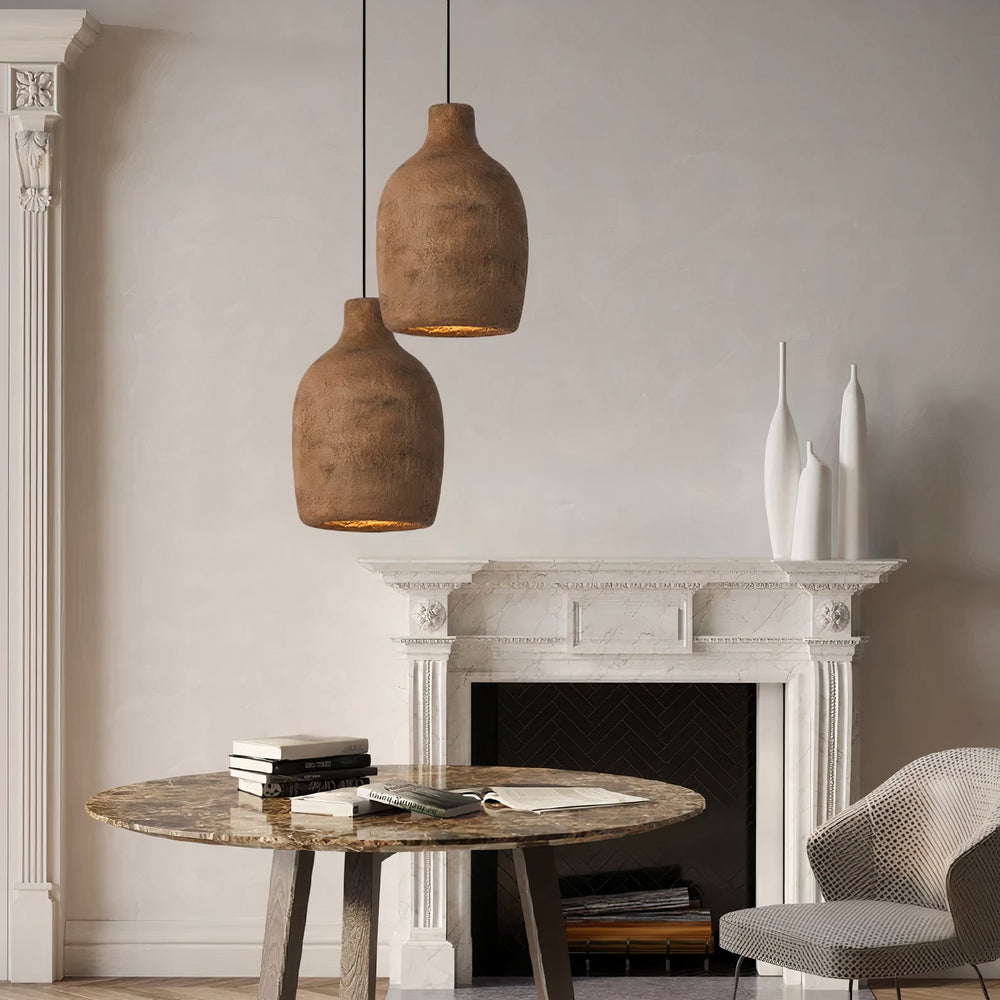
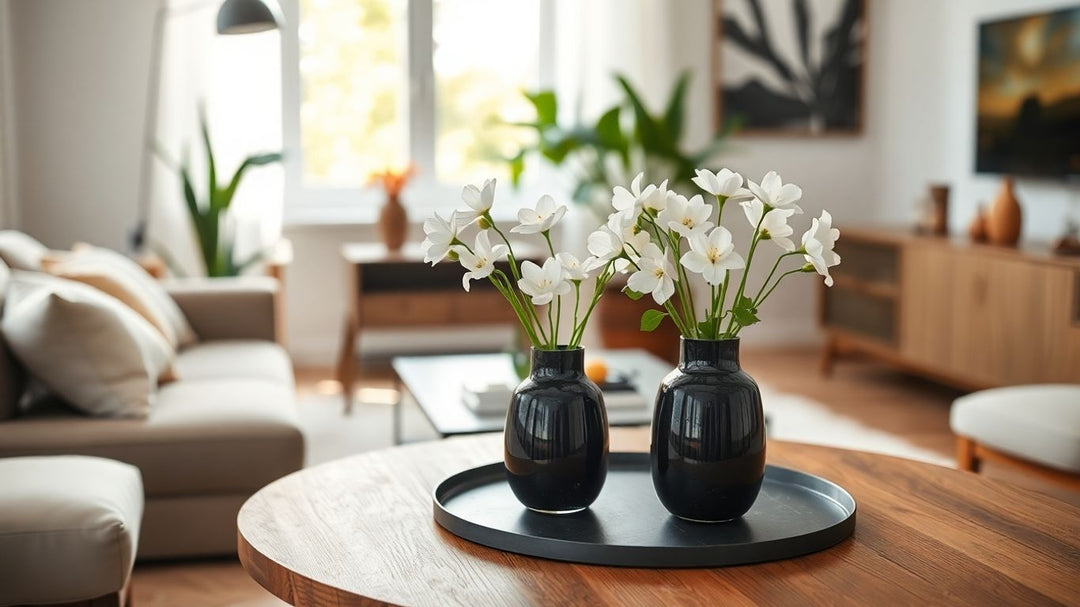
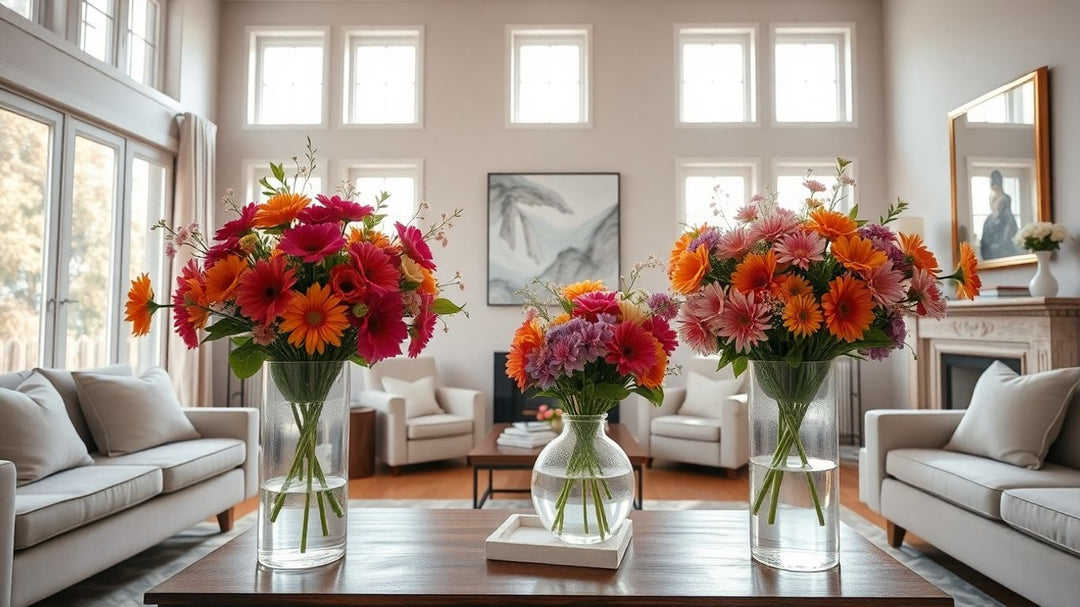
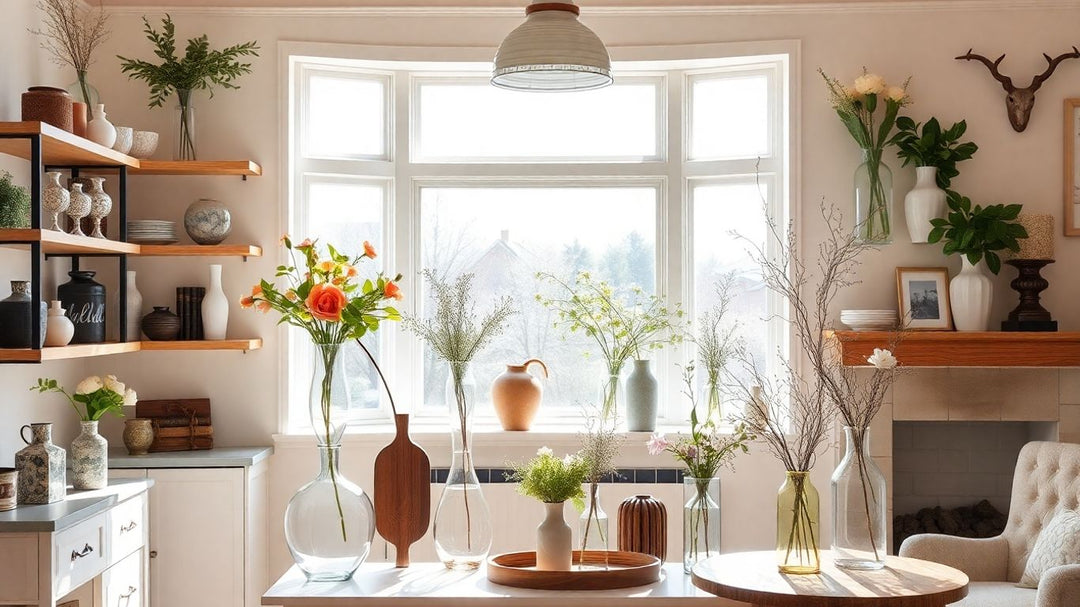
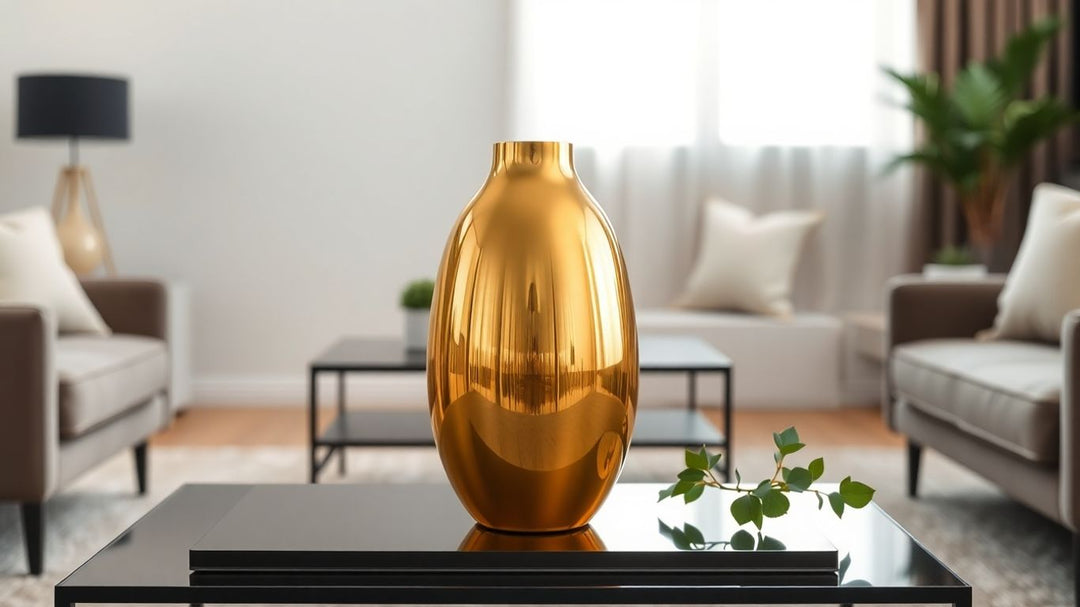
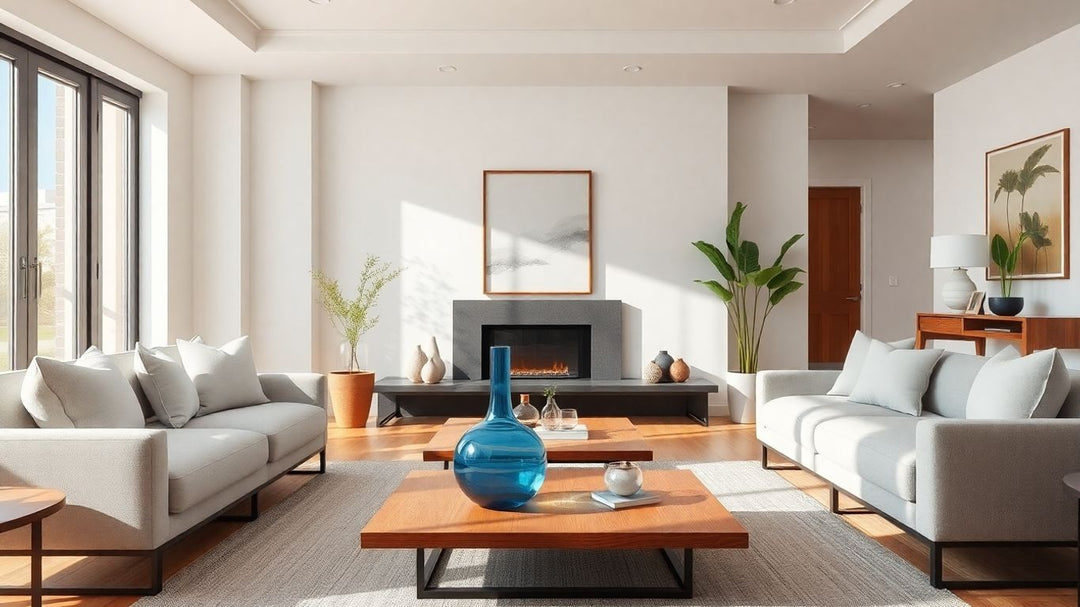
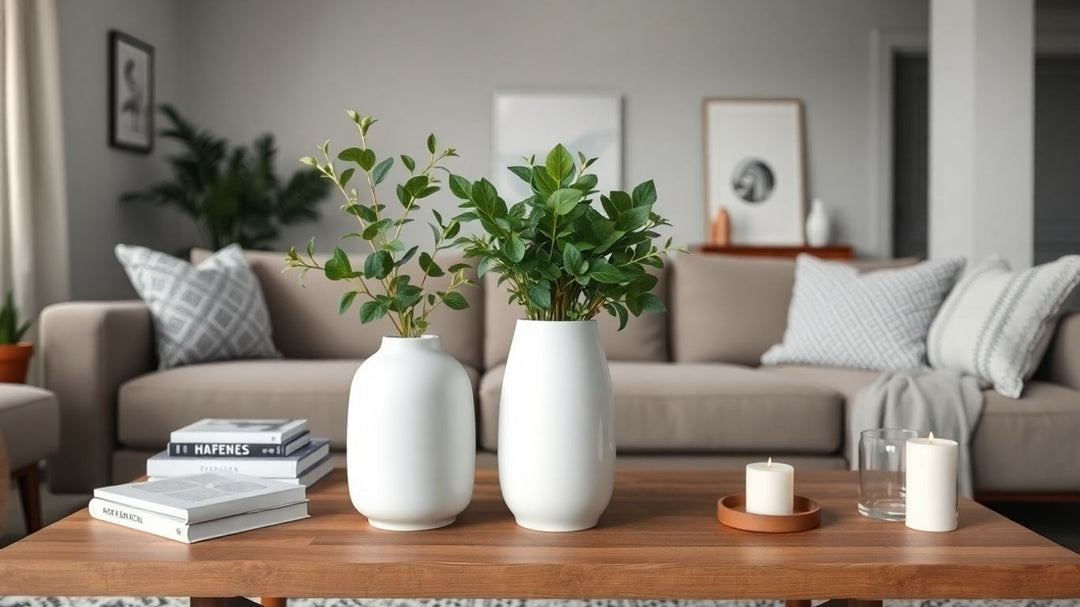
Leave a comment